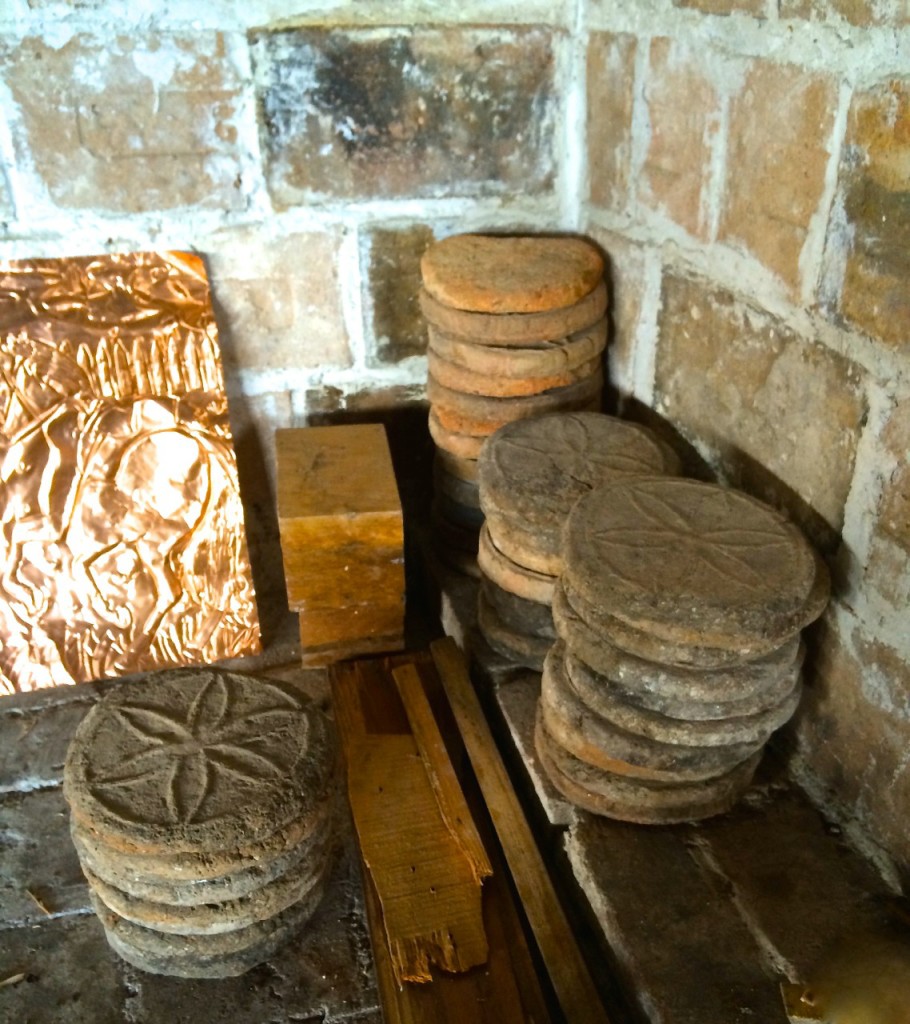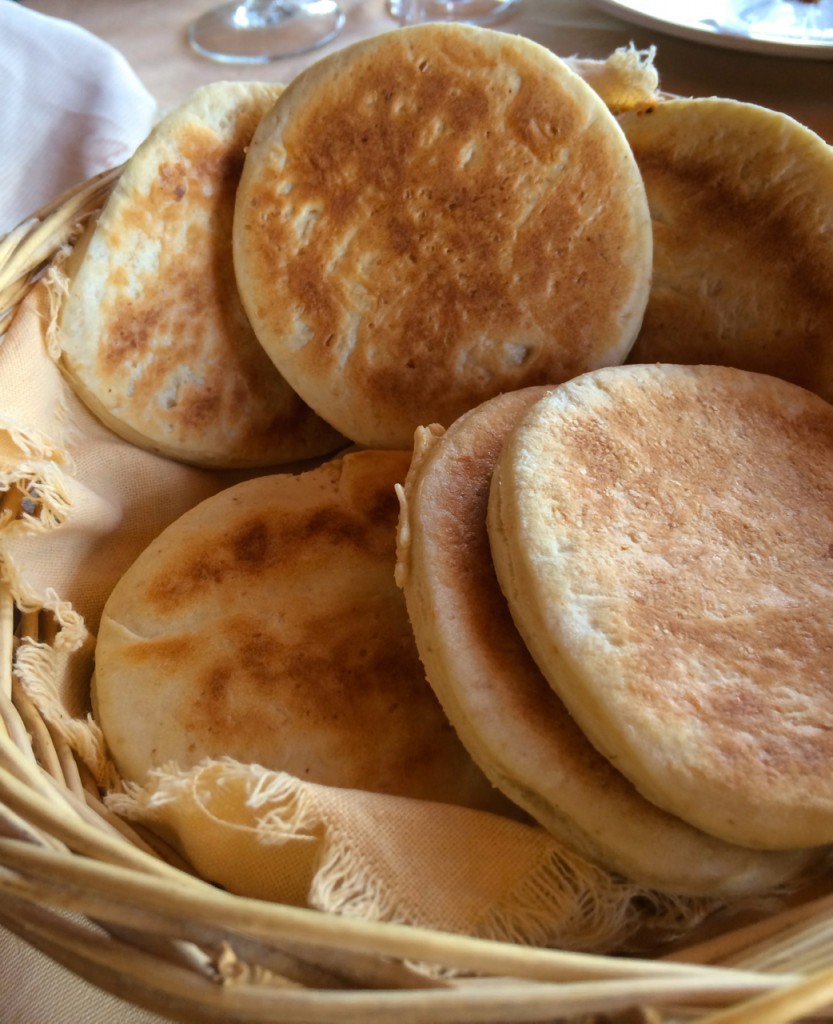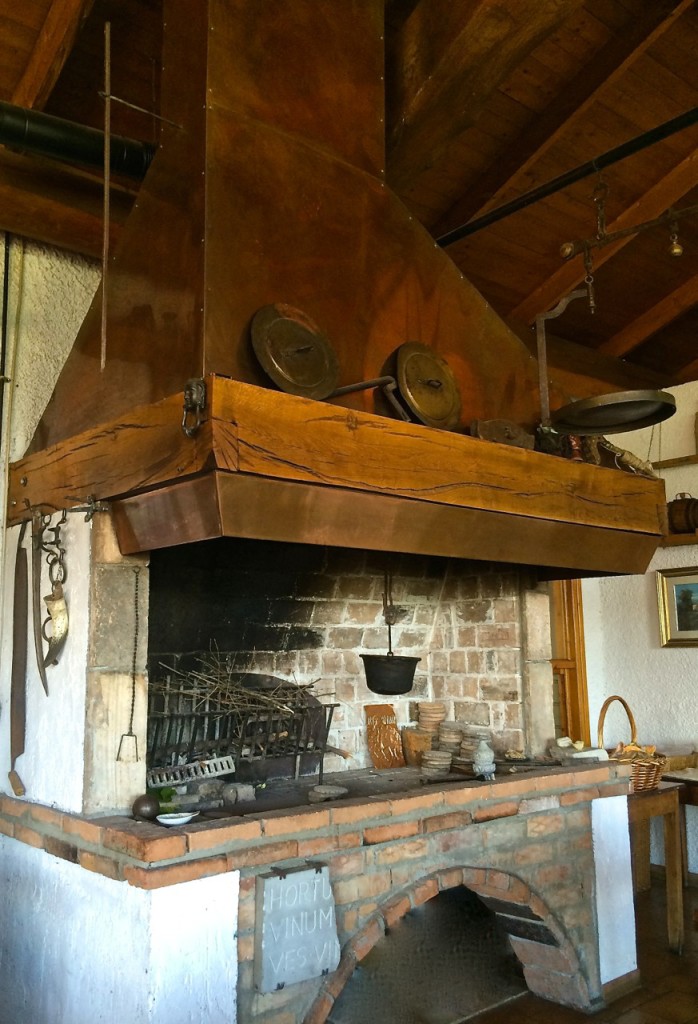Tigelle: Memories of an Italian Mountain Hearth
.
Tigelle: Memories of an Italian Mountain Hearth
Memorable moments are experienced in all of our lives. Often those moments take place while traditionally breaking bread with others, whether in our own homes or in a favorite restaurant or eatery.
On a recent trip to Italy, my husband and I accidentally came across a tiny, hidden gem that has now joined our realm of unforgettable dining experiences. Far off the beaten trail, we arrived at a trattoria long after the late dinner hour had ended. We knocked on the door and were greeted by the owner and told that the kitchen was about to be closed. She said that she would prepare something for us anyway, realizing that we had just arrived to the small town after flying into Bologna.
The little trattoria was beautifully furnished with family antiques and cherished culinary heirlooms. As we looked over to an ancient hearth in the dining area, the owner told us about the traditional little round flatbreads of the mountains near Modena, known as ‘tigelle’. Her words told the story of how special the breads are to the Modenese of northern Italy. During earlier times of extreme poverty, with little to eat, the peasants would gather around the warm hearth with their families at the end of the day. The bread dough would be shaped into small circles and placed between clay tiles and alternately layered in short towers. The dough and tiles were than immersed into the glowing flames to bake until beautiful golden brown. These moments of baking ‘tigelle’ by the hearth were a comforting way to end a day of misery and struggle.
After sharing this moving account of the role of the tiny tigelle breads, the owner led me over to the old hearth in the trattoria, gently picked up the ancient tiles and extended them for me to hold. I could almost feel the love and comfort in those little fire-worn tiles.

Round-shaped tigelle dough was stacked between hot clay tiles and then stacked up to bake inside a hot hearth
At that point, I thought that I’d return to the table to enjoy the meal that she was preparing. Yet again, the woman reached out and said in Italian, with understandable hand gestures, to ‘come into my cucina’. In a small kitchen, she demonstrated how tigelle are made today. She formed small balls of bread dough, then cut and shaped each ball into the exact precise size. The small round dough discs were placed between two scalding hot, heavy, flat, metal pans on a common gas stove. After five minutes of flipping the pans over to cook the breads evenly on both sides, the woman quickly placed the piping hot tigelle in a basket. She took my hand and led me back to the table and served the little breads with the traditional condiment of fat infused with garlic, prosciutto, and rosemary.
When the hot tigelle were sliced open, hot steam flowing from the soft, tender insides, we spread the condiment on top to melt all over the bread. Those little tigelle breads were exquisite in their utter simplicity. The moment of a humble woman sharing her passion for her region’s traditional food was unforgettable. That moment when a stranger opened her trattoria to us and took the time to share the historical story and the old methods of preparing tigelle around a hearth will always be one of the most memorable culinary and dining experiences of my life.
There are so many ways that each of us have encountered special, memorable moments in which food and dining is experienced in unique ways.
.
.





I would love to be able to purchase a few of these old molds. Does anyone have source?
I’d love to find the molds too, Joe. If you can find them, please let me know!
Ciao,
Roz
Such a touching story of graciousness on the part of a stranger. How lovely that you and your husband were the recipients! Thank you for sharing this special memory, Roz.
Hi Shari,
It was truly an experience in Italy that we’ll always remember! The ‘tigelle’ breads were so amazing and that I hope to be able to prepare someday soon!
Buona Pasqua (Happy Easter),
Roz
not only food for the body , it’s food for the soul, what a lovely pics Roz !Have a nice day, un abbraccio !
Ciao Chira,
Grazie for your most kind visit and comment! I imagine that it is a most beautiful season in Italy at this time!
Baci e Buona Pasqua,
Roz
Roz,
Many times the simple peasant foods are the best. This is such a lovely story and memory.
Annamaria
Annamaria,
You got that right “the simple peasant foods are the best.”
Truer words were never spoken. . . . . you have such wisdom!
Roz
what fun and special times to share with your hubby and then again with us:) The bread looks amazing with the perfect texture chewy and slightly crispy.
Hi Jessica,
So nice to have you stop by and visit my little ol’ blog! Yes, I agree, this was truly a special moment in my life! I hope that you are doing well and have a most beautiful Easter!
Buona Pasqua (Happy Easter),
xoxo,
Roz
Those kind of experiences are always some of the best ones. We had a similar one in Austria several years ago, where the owner of a closed restaurant, stopped his painting and fixed us a great schnitzel lunch.
Hi Larry,
Wow, an Austrain schnitzel would have stopped us in our tracks! What a delicious experience! Where was it that we can try to track down someday?
Roz
The old hearth looks amazing! So are those tigelle from Modena! Thanks for sharing, Roz.
You are so very welcome Anige! My pleasure to share with you as you also share with all of us!
Amore,
Roz
Roz, what a wonderful opportunity this woman invited you in, shared her kitchen and history with you. You know I just melt with travel experiences like this one.
Velva
Ah, yes, I do indeed know how you enjoy stores (true experiences) of culinary history, as I enjoy those that you share! Thank you for your visit in February! Sorry to get back to you so late, but that’s how it goes in education (students first, blogging and blog friends last)!
Baci e Buona Pasqua,
Roz
What a special memory! Those are lovely breads with a lovely story. 🙂
Oh thank you so much, Betty! Yes, little breads with a special memory from Italy indeed!
Roz